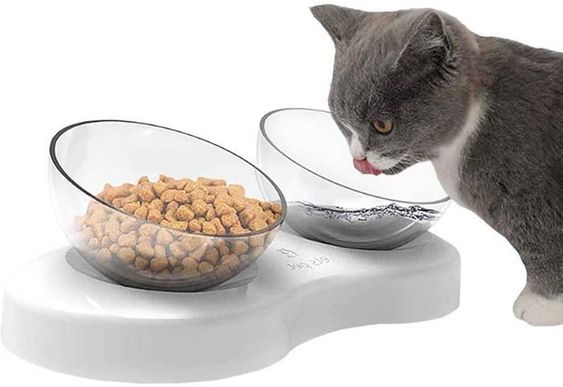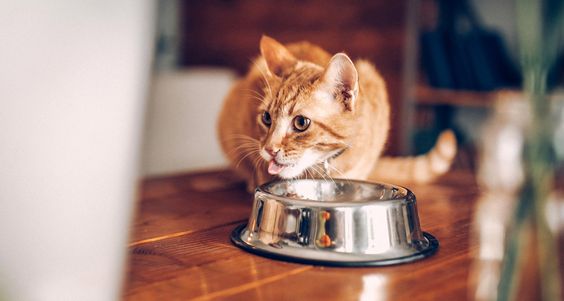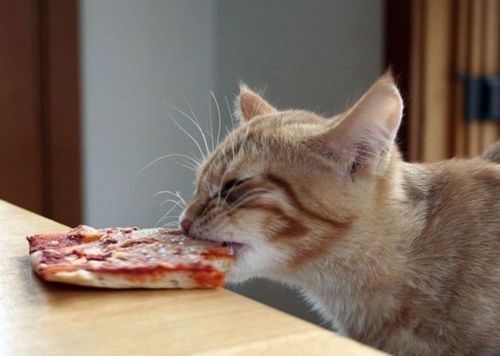A well-chosen diet and wholesome nutrition will help your kitten grow and develop healthily.

What are the options?
It may seem that the choice of food for kittens alone is huge and difficult to understand. But whatever the lifestyle and health status of your kitten, you can easily find food that is right for him.
Kitten food is high in protein for your pet’s growth, as well as calcium, magnesium, phosphorus, zinc and iron, which strengthen the kitten’s bones and teeth.

If there are no medical contraindications, the final choice of dry or soft food for a kitten is yours (and, of course, your furry friend).
Benefits of dry food
- Dry food is easy to weigh and use; in addition, compared to soft food, it retains its nutritional characteristics unpacked for much longer.
- Dry food also helps keep kitten teeth healthy. Your pet will be forced to chew dry food more actively, which will help him get rid of plaque.
- As a rule, dry food consists of small pads that are easily chewed and swallowed by kittens.
- By using dry food, you can measure out exactly the amount of food your pet needs – no more, no less.
Benefits of wet food
- Some kittens prefer the smell and taste of wet food, as it is more flavorful and much softer to chew than standard dry food.
- The added convenience of using soft food is that it can be supplied in portioned packs, so your kitten will enjoy the freshest and most delicate food every time.
- Wet food provides the kitten with additional fluid intake.
How to change your kitten’s diet?
The digestive system of a kitten can be very sensitive, so you should only change the diet in extreme cases, so as not to harm the baby’s stomach. To keep your pet happy and healthy, you should adhere to the diet to which the kitten has already got used to with the previous owner or in a cat shelter – of course, provided that this diet is balanced and contains enough nutrients. If your kitten is unwell, it suddenly loses its appetite or starts to eat less than usual, you should immediately consult your veterinarian.
- If your veterinarian advises you to change the kitten’s diet, remember to do this gradually so as not to harm the animal’s digestive system. Below are some tips to help you with this.
- Place the old food and the new food in different bowls in front of the kitten so he can taste each one.
After the kitten has tasted the new food, add some of the new food to the bowl with the old one. - Over the course of 7-10 days, gradually increase the amount of new food and reduce the amount of old food until your pet switches to the new diet completely. However, take your time and remember that in some cases it may take longer!
- If your kitten’s diet needs to be changed for medical reasons, talk to your veterinarian about when and how best to do it.
If you are transferring a kitten from soft food to dry food, remember that your pet will have to chew food more actively, which means that he will need more water. Perhaps the kitten will eat food not at one time, but in several approaches. Dry food provides more energy than soft food, so when switching to wet food you may need to increase the portion size to maintain the kitten’s calorie intake. And don’t forget: no matter how old your pet is, there should always be enough fresh and clean drinking water in its bowl.

